The Most Popular Types of Milk and Alternatives to Have in the Kitchen

TK
If you remember a time when milk on a grocery list meant a gallon of cow's milk and nothing else, you might feel dizzy heading into the refrigerated section these days. That's because in addition to all the types of milk that come from cows (along with the organic, grass-fed, and lactose-free labels), you'll now find a wide variety of milk alternatives. Plant-based milks or "mylks" or "non-dairy beverages" as they are sometimes called first gained popularity for those with allergies, lactose intolerance, and a vegan diet.
But now? Well, milk alternatives are part of everyday life! You'll find them in every type of coffee and lining shelf after shelf in your local supermarket. And with more kinds being added seemingly each day, you might be wondering which one is right for you when you go to stock up your pantry. After all, much like condensed milk versus evaporated milk (which is a whole other story) the types of milk and milk alternatives each have different uses and health benefits.
So, let's start with the most varieties you're most likely to see in the market. From frothing whole milk for your morning coffee to almond milk for breakfast, lunch or dinner, you'll be amazed just how much you can use each kind. And of course, you don't have to choose just one! That's the beauty of having so many options. You can have a variety to suit you and your family's needs.
More lessons in Milk 101:
Whole Milk
Also referred to as "regular milk," whole milk is cow's milk where the 3.25% fat content has not been altered during processing. The result is a rich and creamy texture and mouthfeel. It's also high in protein, calcium, and vitamin D. Unless otherwise stated in recipes, whole milk is the type of milk most commonly used in cooking and baking. There's actual science behind the old adage that fat equals flavor! It's also easier to froth if you like fancy coffee drinks. Of course, more fat also means more moderation. To maintain a healthy diet, the USDA recommends consuming dairy that is lower in fat.
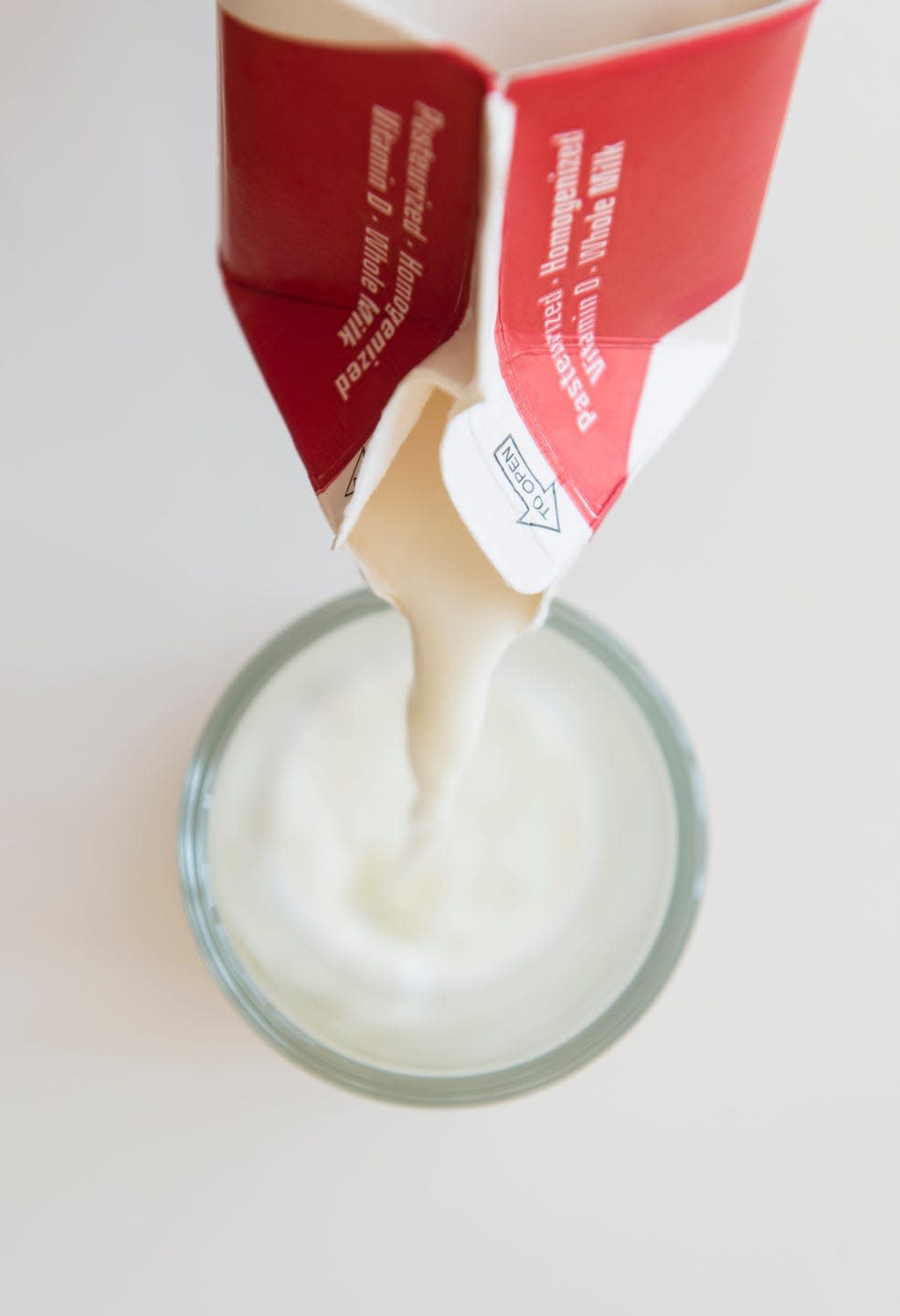
Reduced Fat Milk
Look for the 2% on the bottle to get reduced fat milk, which is―you guessed it―the percentage of fat it contains. Because some of the fat is removed, the consistency will be a little thinner than whole milk and a little less creamy. With that in mind, 2% milk is a great alternative to whole milk if you want to transition to a lower fat milk without sacrificing a ton of taste. You'll get all the same nutrients! In most cooking applications, you may not see too much of a difference, though it could take a little bit longer to thicken.
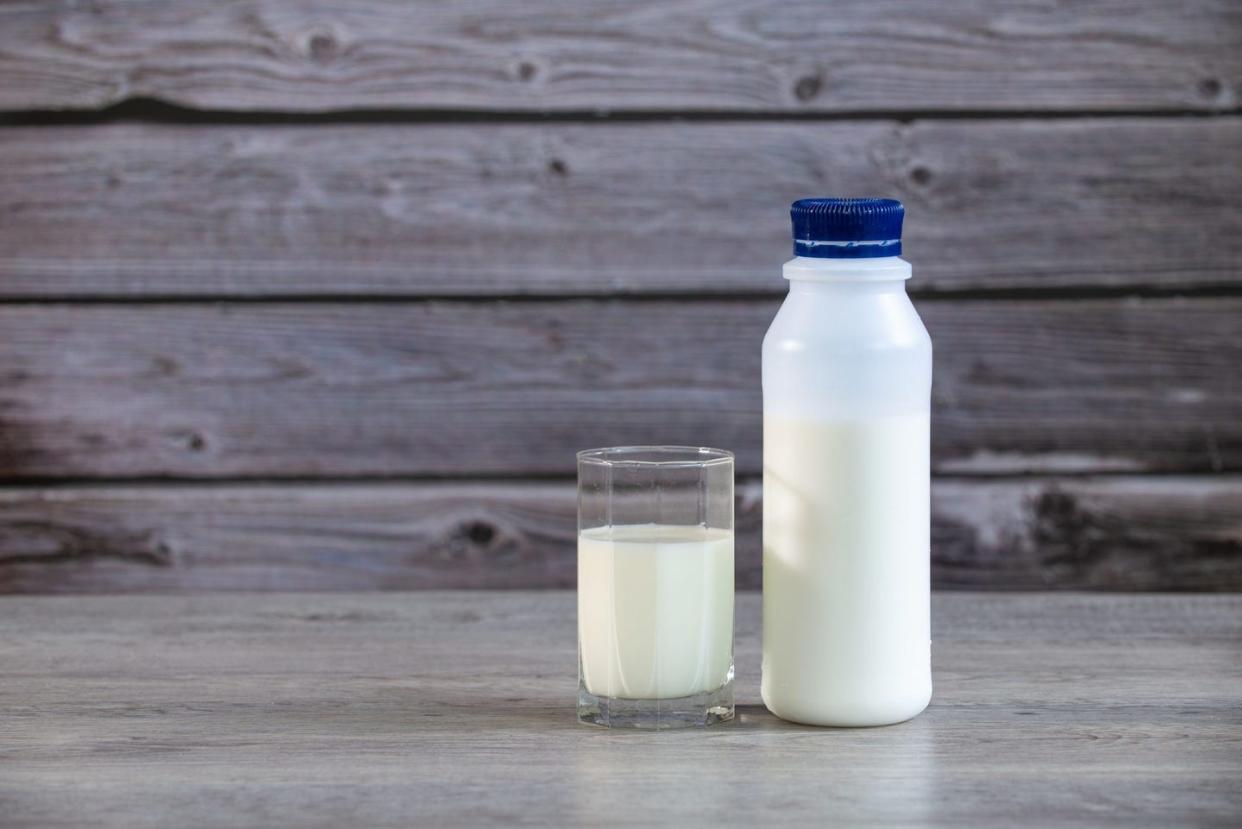
Low-Fat Milk
It might seem like semantics, but there is a difference according to the U.S. government between reduced fat and low fat when it comes to milk: 1% milk is considered low-fat milk, further stripping away some fat and creaminess of whole milk but keeping the other nutritional benefits. For most daily use, it is interchangeable with 2% and non-fat dairy milks. It's a great option if you're looking to get a little creamier than skim milk but want to reduce your fat intake from whole or 2% milk.
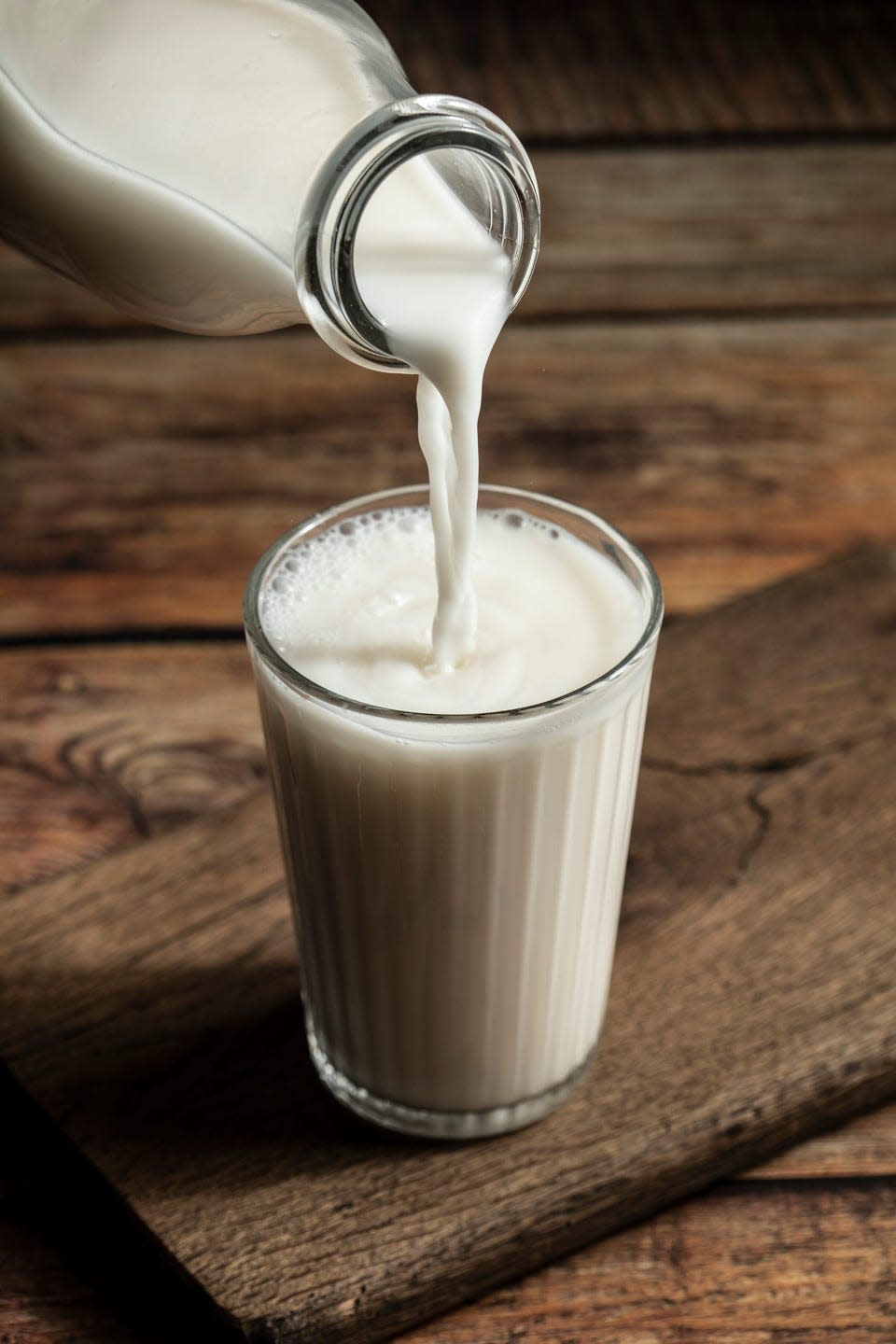
Skim Milk
Nonfat milk will give you the same nutritional benefits of other cow milks but without the fat. It is certainly thinner and less creamy by nature than other milks since the fat is stripped away, though you can easily find fortified varieties now that have an improved texture. If you're looking for the easiest swap for a healthier lifestyle while still getting your dairy fix, fat-free milk is your best bet. And because of it's popularity in the U.S., it will be one of the easiest options to find in any grocery store or coffee shop. Just be aware that particularly in baked goods, while the moisture content will be the same, the lack of fat might alter the outcome.
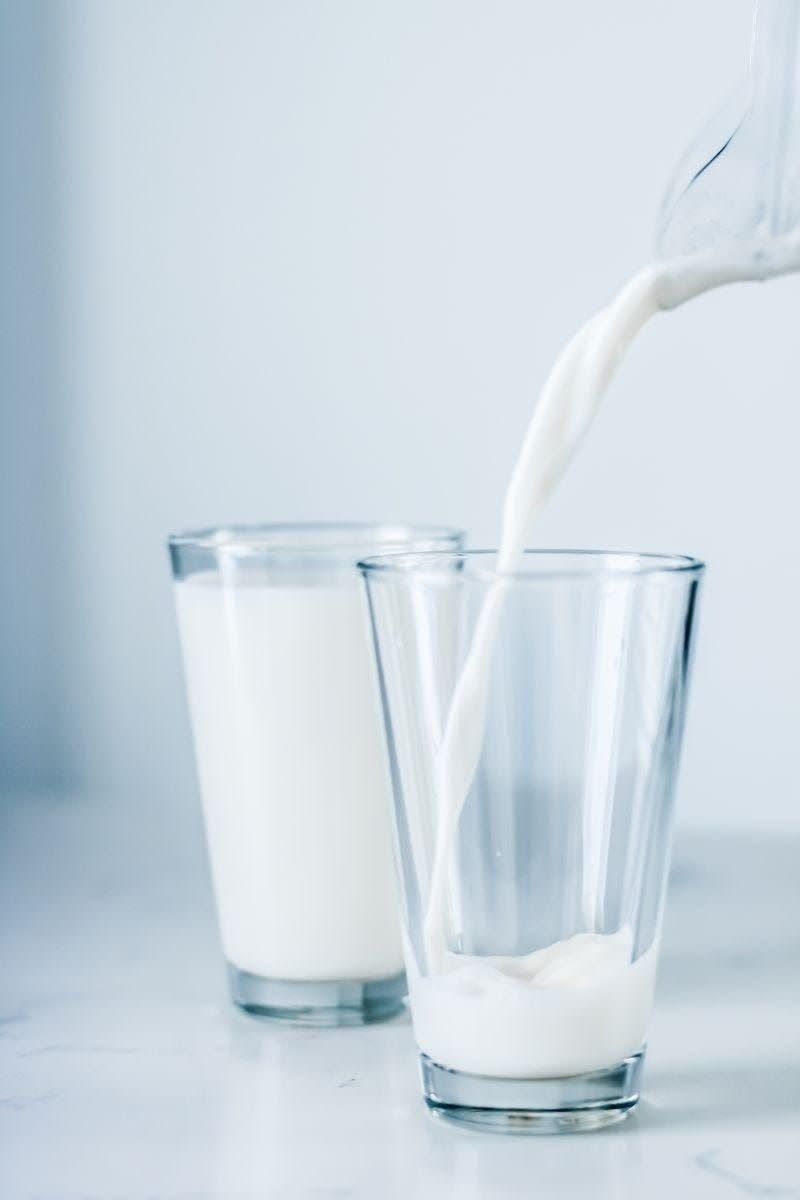
Soy Milk
Soy milk, or soya milk, gained popularity in the 20th century as the first major alternative non-dairy milk. Soybeans are soaked, ground, and boiled before being strained to create a smooth milk-like beverage. Most brands are slightly sweet with a noticeable bean aftertaste the first time you try it. But with a high protein content and similar fat content to reduced fat cow milk, it's a great alternative to swap one for one. Soy allergies are increasingly common, so if you find yourself in that camp, keep scrolling for other options.
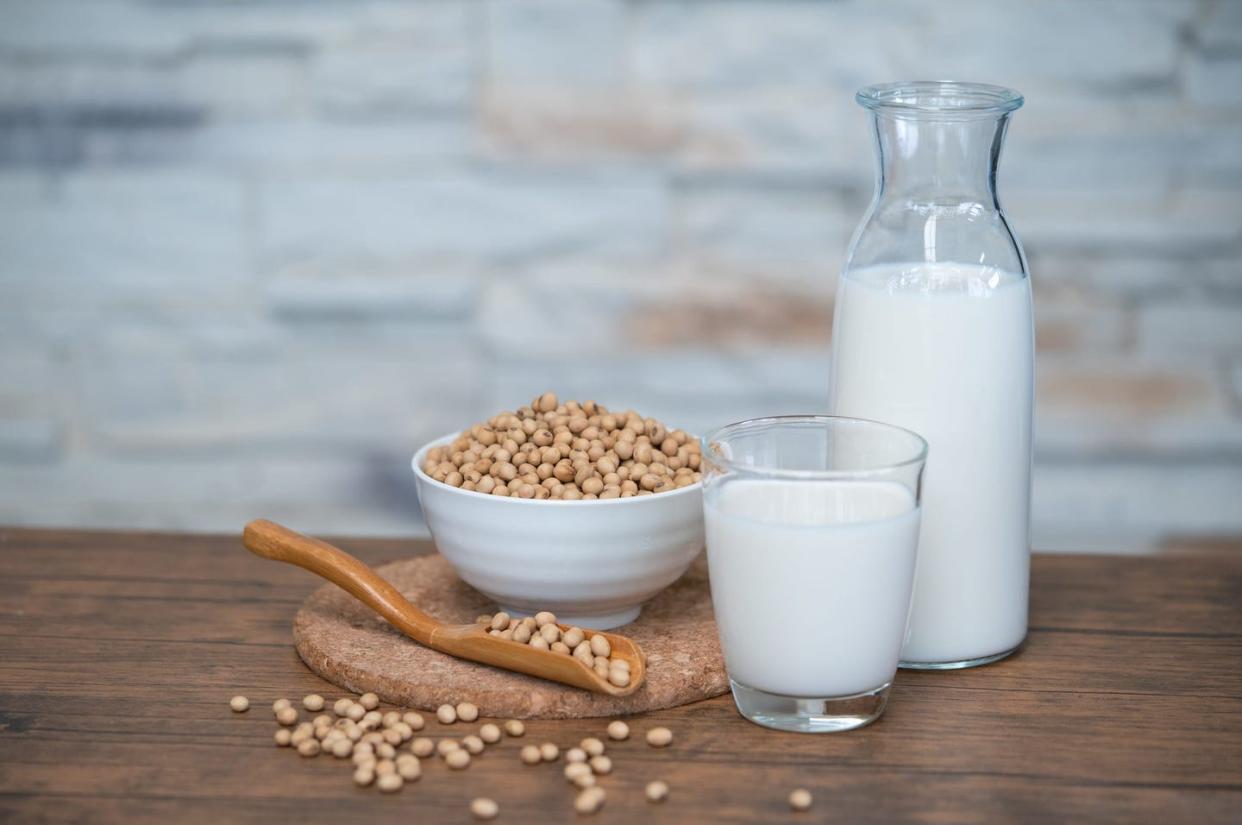
Almond Milk
Say hello to the most popular non-dairy milk in the U.S. since 2019! Most commercial almond milks have additives to make it creamier, but if you make it from scratch, it won't be as thick or creamy as regular milk. You won't get the protein content like you would in cow or soy milk, but almond milk is surprisingly high in calcium. Due to its pleasant, slightly nutty flavor, almond milk is an easy swap for everyday use like your morning cereal, latte, or smoothie. You'll also find similar options made from cashews and macadamia nuts. Just avoid them all if you're allergic to nuts.
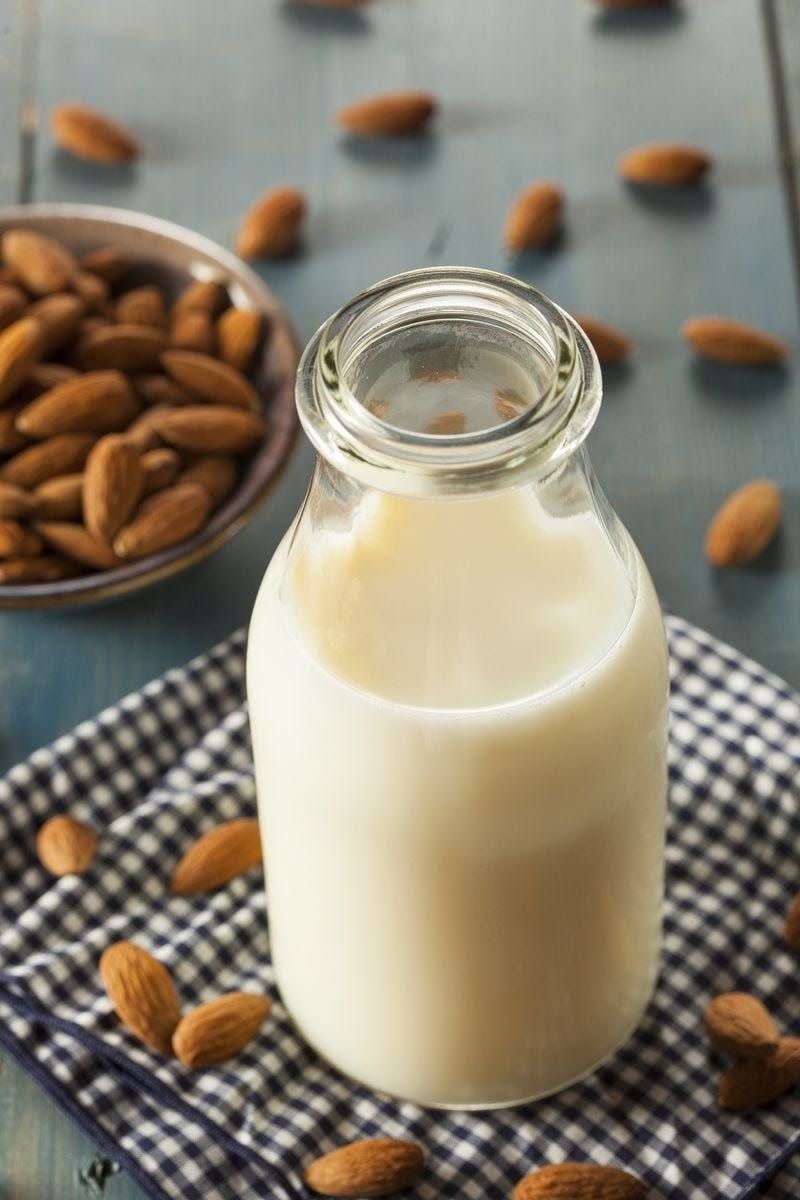
Oat Milk
If it's the creaminess of milk you crave, then try oat milk! It is slightly sweet, too, making the transition to non-dairy milk easy. It does contain more carbs than other milks, and the protein and vitamin D content will not match cow's milk. But, its creaminess makes a great swap in coffee drinks, baked goods, cereal, and even savory recipes. Bonus: If you're torn between trying almond and oat milk, you can find blends for the best of both worlds. Or if you're looking for something creamy with higher protein content, look for hemp milk.
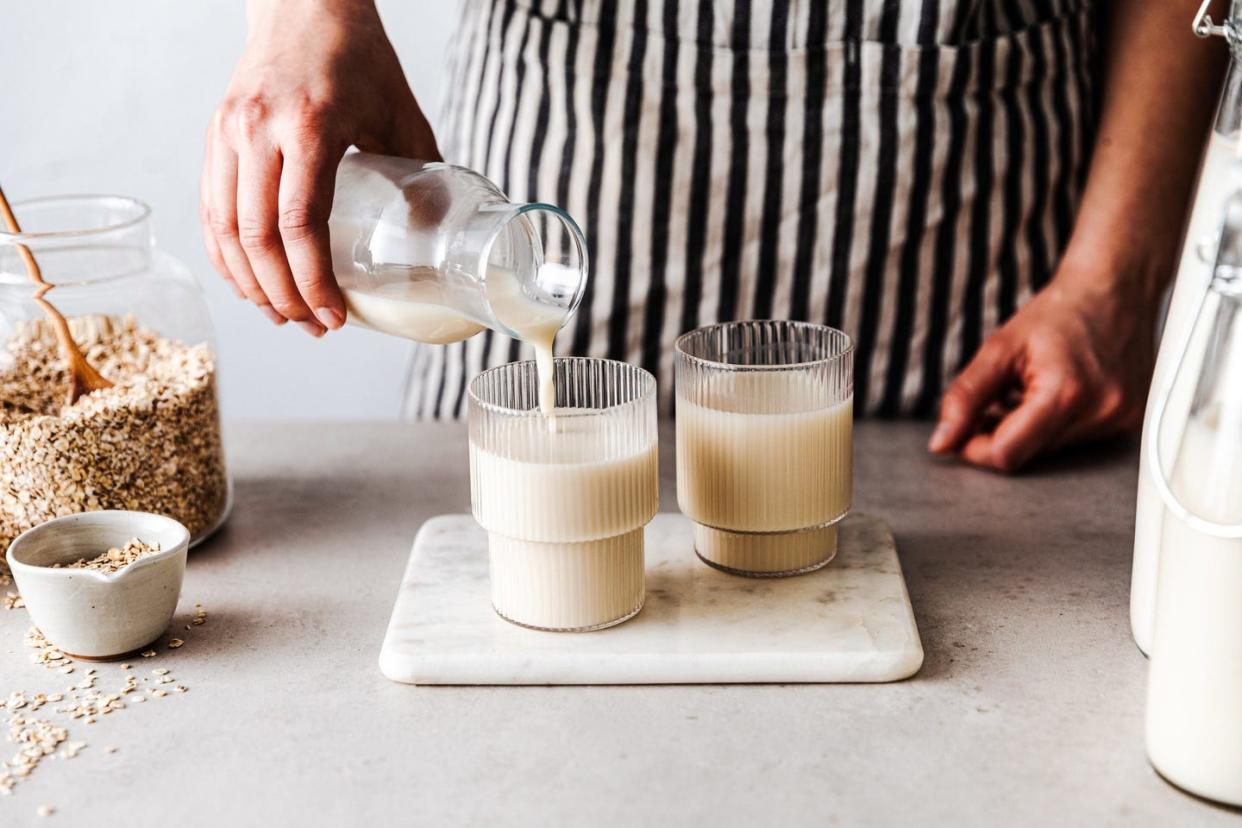
Coconut Milk
Coconut milk has been around for centuries! But it has recently become more popular as a non-dairy milk alternative for everyday use. You can make coconut milk at home or simply buy it. Just make sure you know the difference between coconut cream, milk, and water first! The coconut milk found in a can is thicker and rich, used for savory applications like curries and whipped cream. If you're looking to replace milk one-for-one, opt for the thinner coconut milk you'll find in a carton near the rest of the milk alternatives. It will give you a slightly sweet, nutty flavor without overpowering your tastebuds.
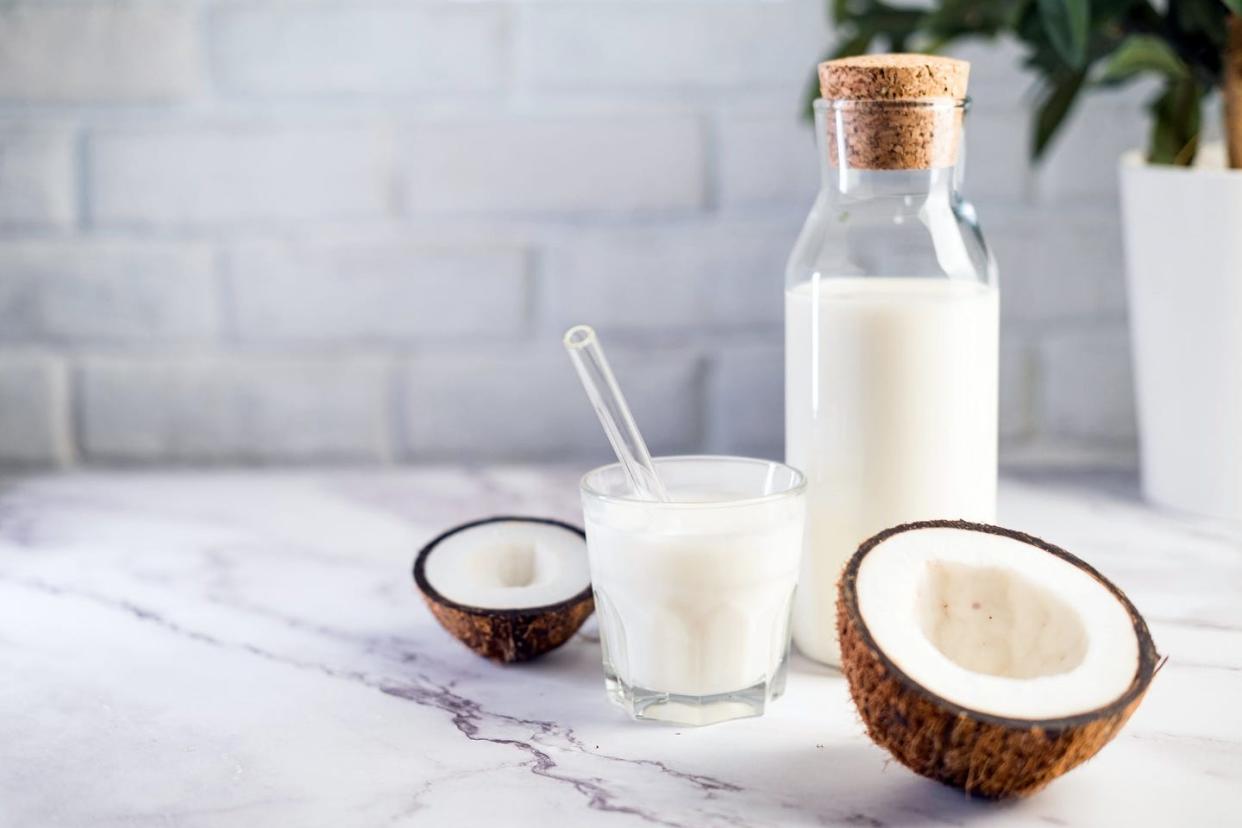
Rice Milk
Long a favorite of people with soy, nut, and dairy allergies, rice milk isn't as easy to find as the other options on this list. Nevertheless, you should be able to find it in health food sections. It has a slightly sweet flavor but a thin consistency, so while it's ideal to swap it out in your morning cereal, it's not a great substitute in recipes. It's higher in carbohydrates and lower in calcium and protein than most alternatives on this list. But if you have a lot of allergies, rice milk is a great option to try to get your milk fix.
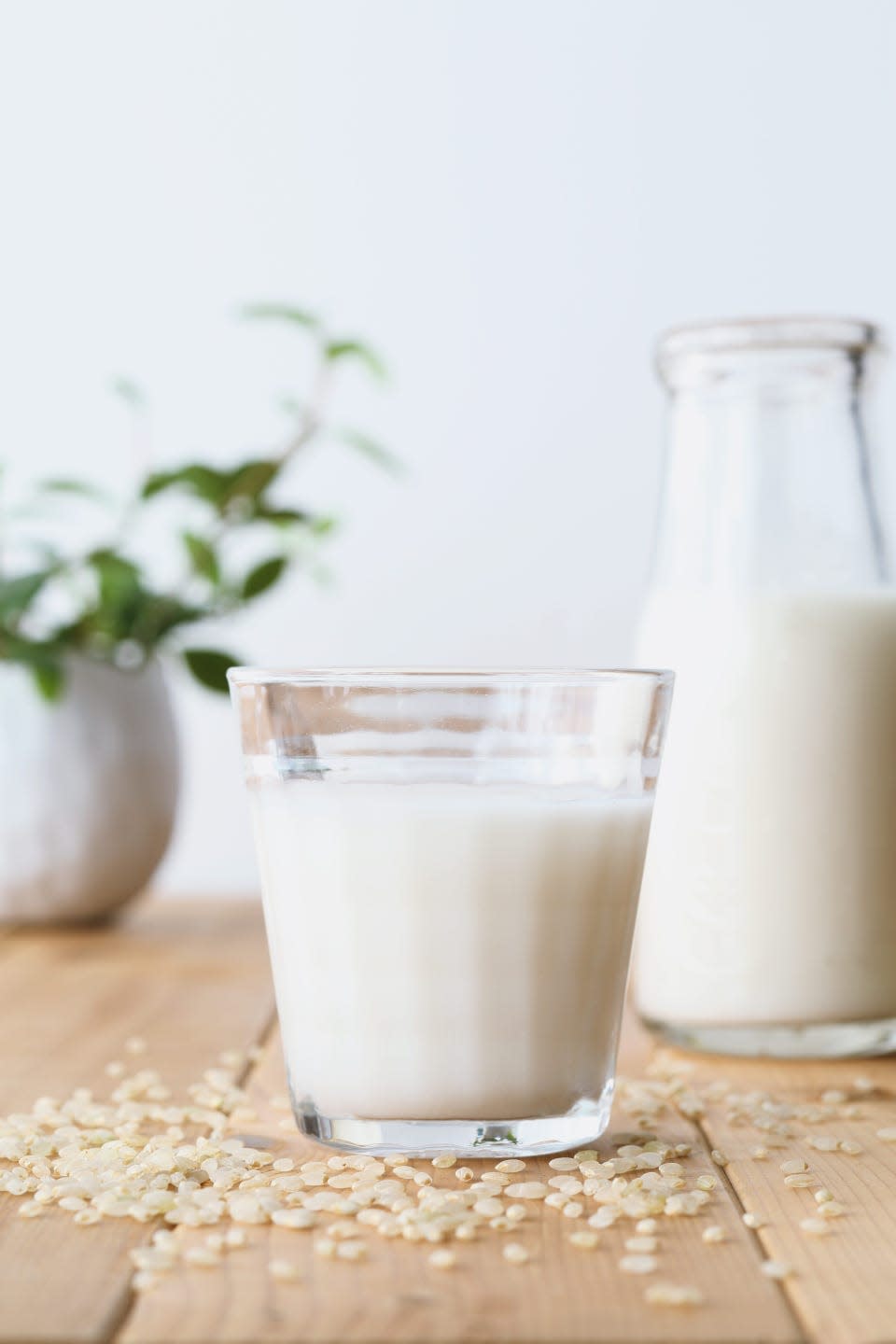
You Might Also Like
